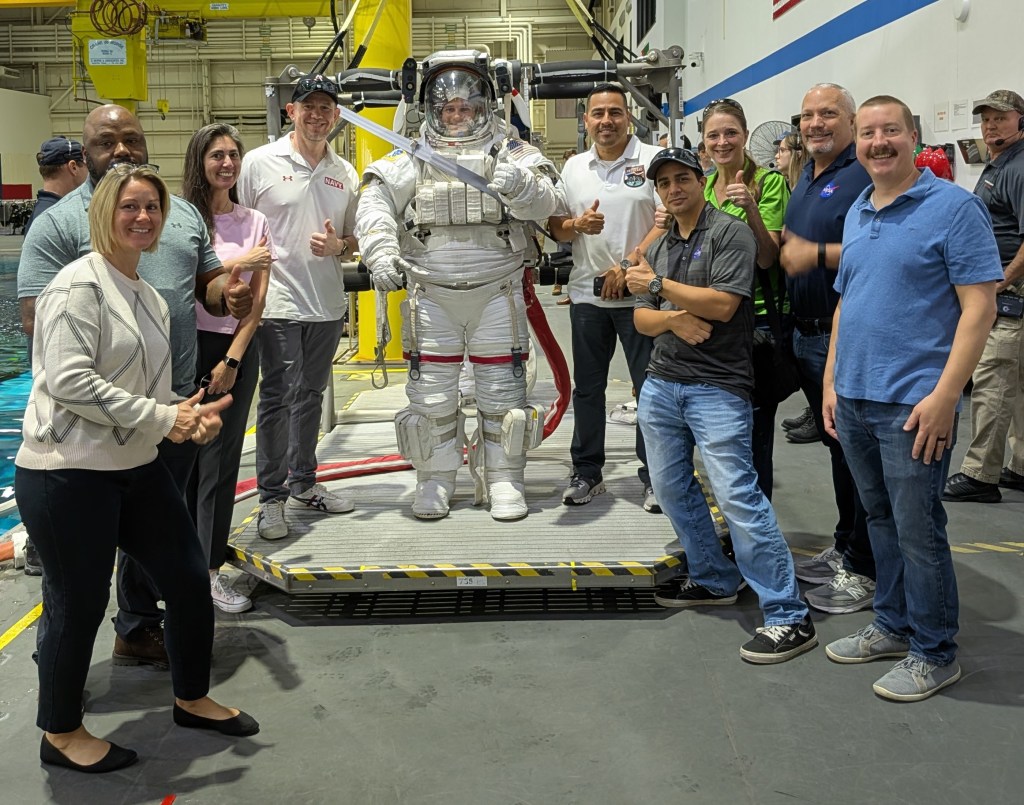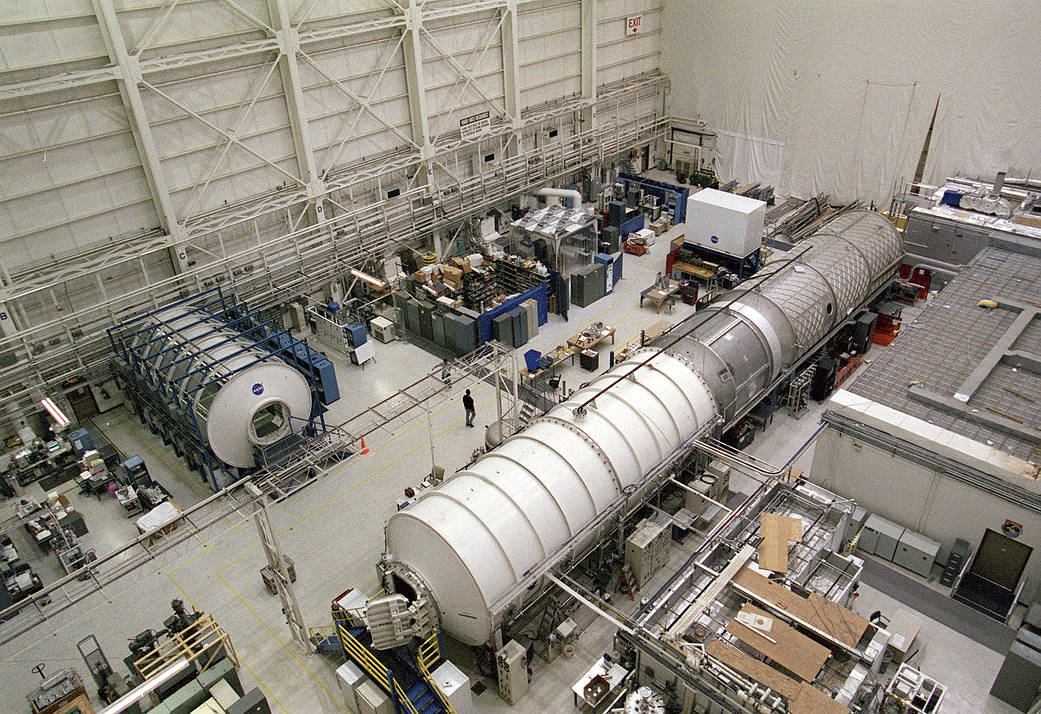This week in 2007, the Oxygen Generation System, aboard the International Space Station became operational. Part of the Environmental Control and Life Support System, the OGS produces breathable air for the station’s crew as well as replaces oxygen lost as a result of experiment use, module leakage, carbon dioxide venting and airlock depressurization. Here, the three-module ECLSS is pictured at the Internal Thermal Control System Test Facility at NASA’s Marshall Space Flight Center. Marshall is responsible for the design, construction and testing of regenerative life support hardware for the space station and Marshall’s Payload Operations Integration Center serves as “science central” for the station, working 24/7, 365 days a year in support of the orbiting laboratory’s scientific experiments. The NASA History Program is responsible for generating, disseminating, and preserving NASA’s remarkable history and providing a comprehensive understanding of the institutional, cultural, social, political, economic, technological and scientific aspects of NASA’s activities in aeronautics and space. For more pictures like this one and to connect to NASA’s history, visit the Marshall History Program’s webpage. (NASA)
1 min read

























